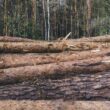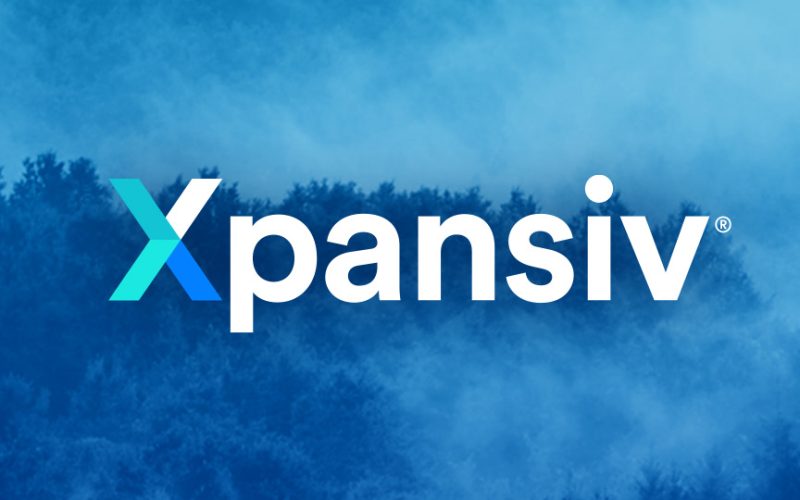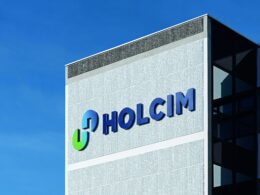Xpansiv, a leading market infrastructure provider for the global energy transition, has introduced new spot exchange and portfolio management capabilities to facilitate the trading and management of carbon removal credits as a distinct market segment. These advancements streamline workflows for removal credits, which are increasingly treated separately under voluntary and compliance programmes.
The enhanced capabilities allow participants to trade tagged removal credits from registries such as the American Carbon Registry (ACR), Climate Action Reserve, and Verra on CBL, the world’s largest spot exchange for carbon credits. Credits from Puro.earth are also available, with more registries and credits to be added as tagging and integration continue.
Participants can also manage their removal positions on Xpansiv Connect, a multi-registry portfolio management system widely used in environmental commodity markets. This platform supports over one billion asset transfers annually, providing a centralized view for tracking and managing credit positions.
“We developed these new trading and portfolio management segmentation capabilities in response to customer interest in removals as a distinct market segment,” said Russell Karas, Senior Vice President, Xpansiv.
He added, “The registry tagging capabilities we are using for removals is of growing importance to enable participants to identify and track credit eligibilities corresponding to a proliferating range of voluntary and compliance programs and meta-standards, including the ICVCM Core Carbon Principles, CORSIA, and Article 6. We are pleased to streamline this complicated tracking challenge for participants across our seamless market infrastructure.”
Anew Climate, a leading North American nature-based project developer, has already listed 75,000 removal credits from three US Forest carbon projects including Bayfield County Forest Carbon Project, Iron County Forestry Project, and Kanawha River Forestry Project.
The Bayfield County Forest Carbon Project (ACR643), covering 159,656 acres, is the first county land forest carbon initiative in the US. The project reduces harvests below allocation limits and promotes sustainable management, inspiring similar efforts nationwide. The Iron County Forestry Project (ACR685), spanning 156,517 acres in Wisconsin, uses carbon revenue to reduce harvest intensity, acquire timberland, and support habitat for sensitive species, including the Connecticut Warbler. The Kanawha River Forestry Project (ACR866), located in West Virginia, is an 80,724-acre privately owned project conserves high-biodiversity forestland, which promotes carbon sequestration, and enhances watershed benefits along the Kanawha River.





















